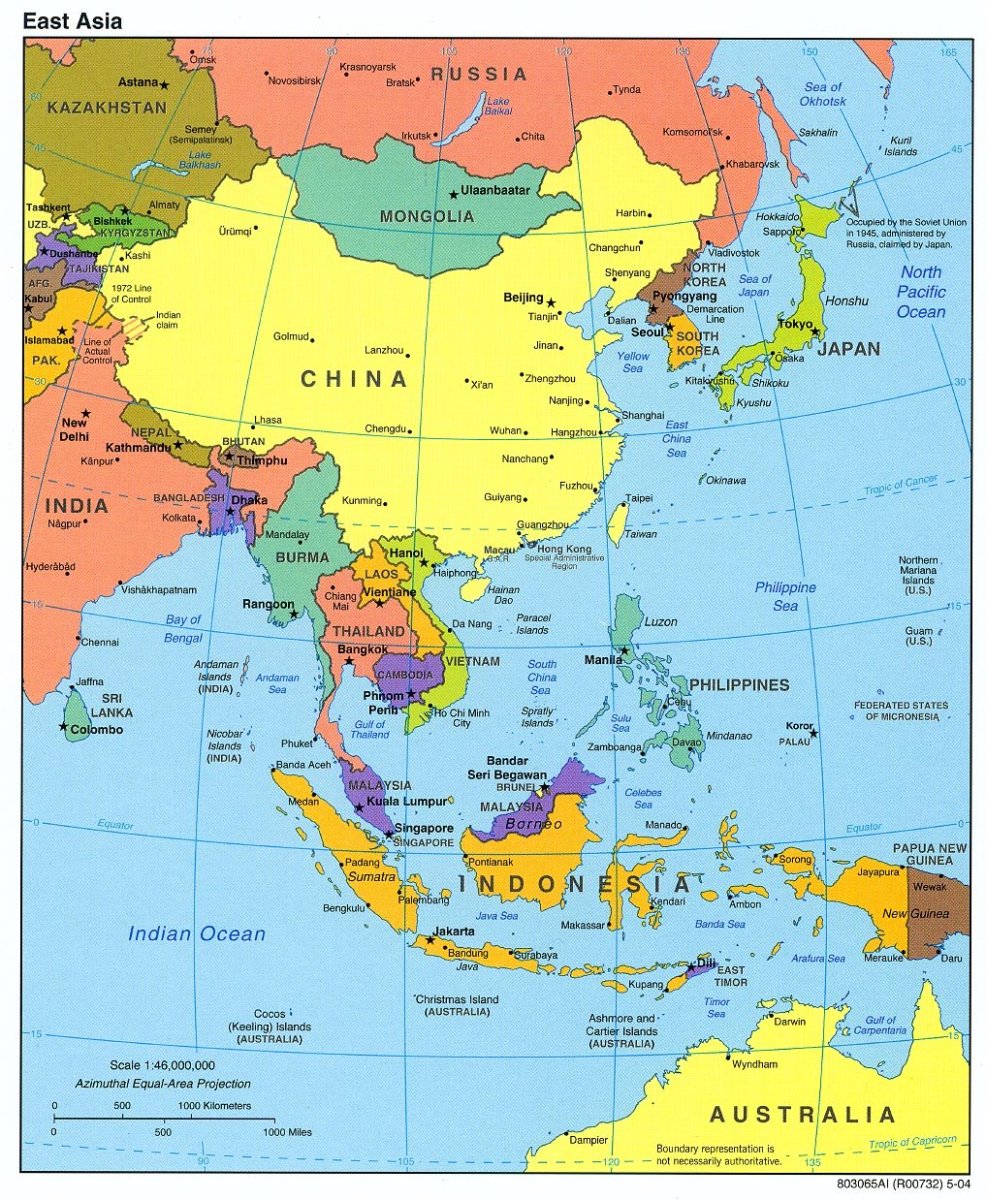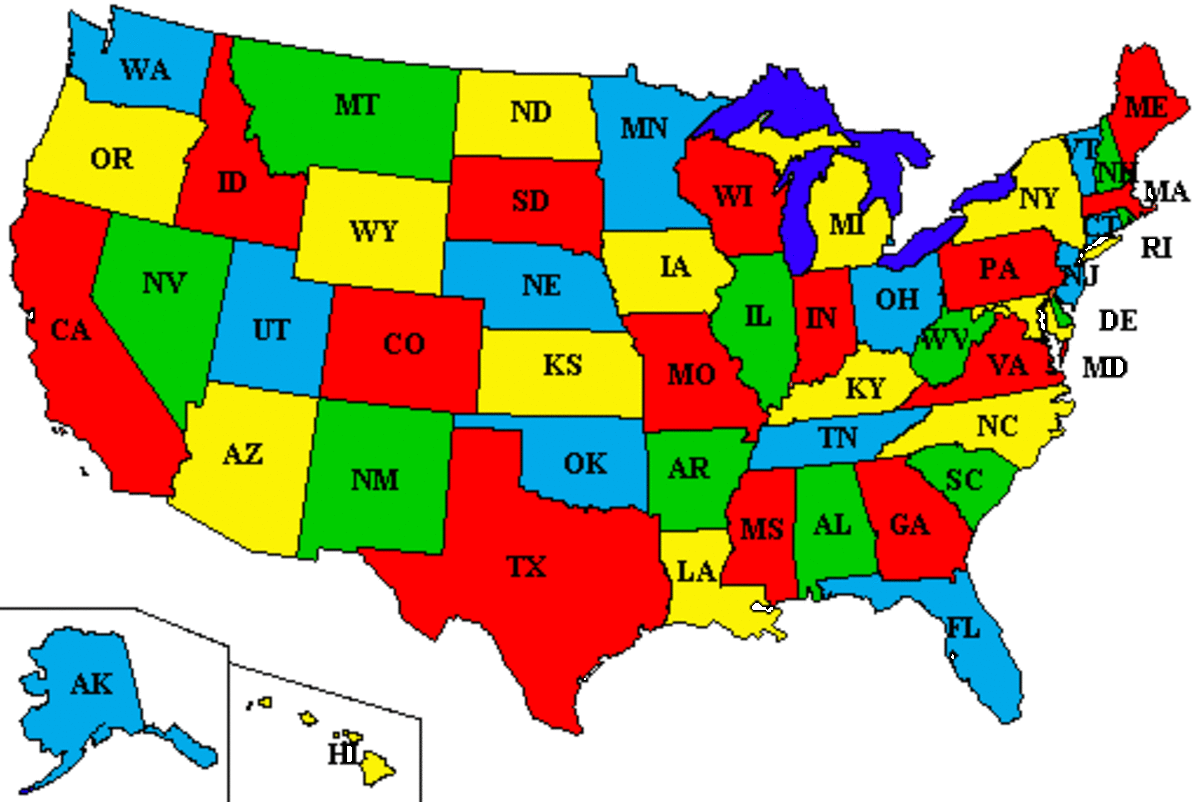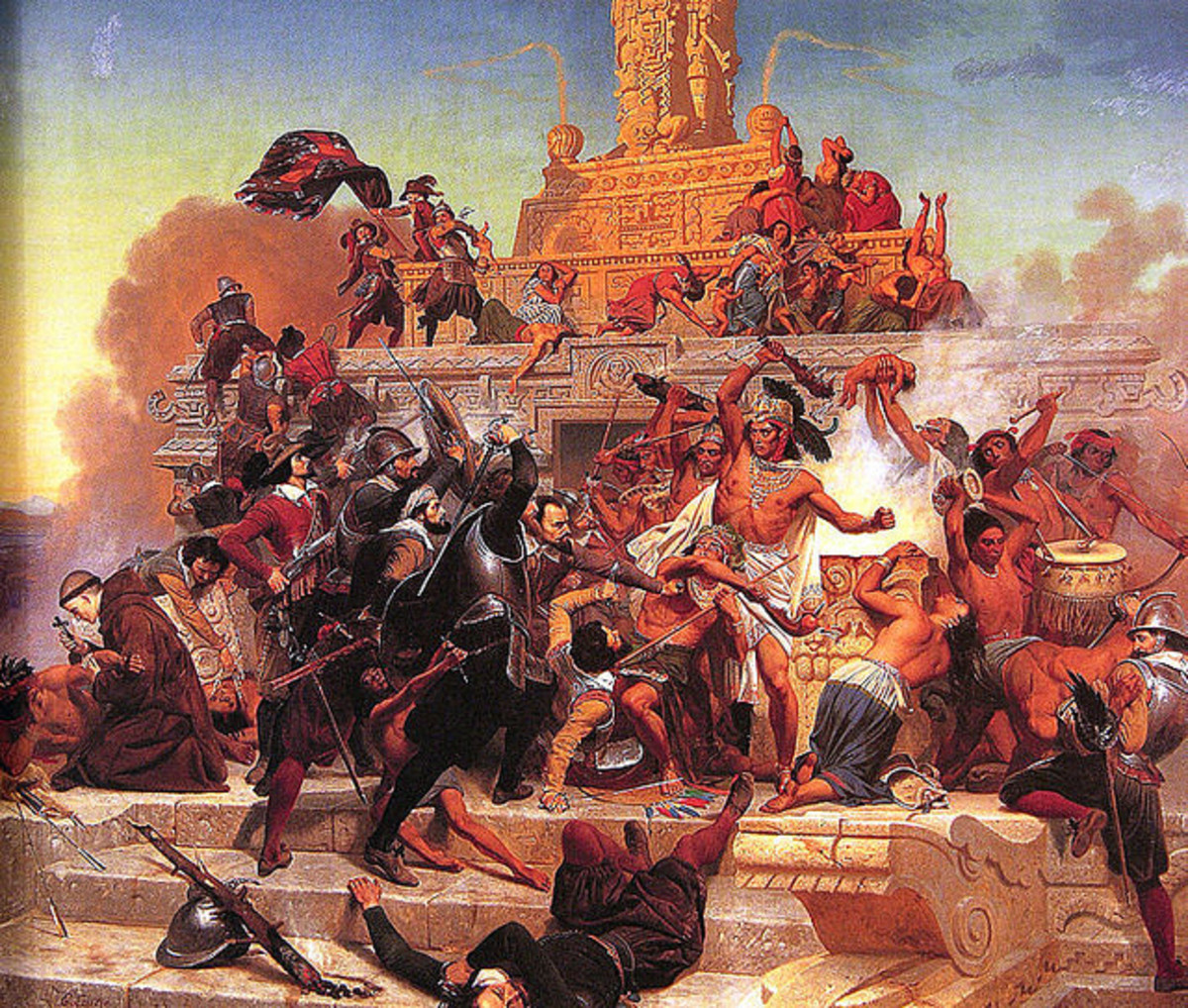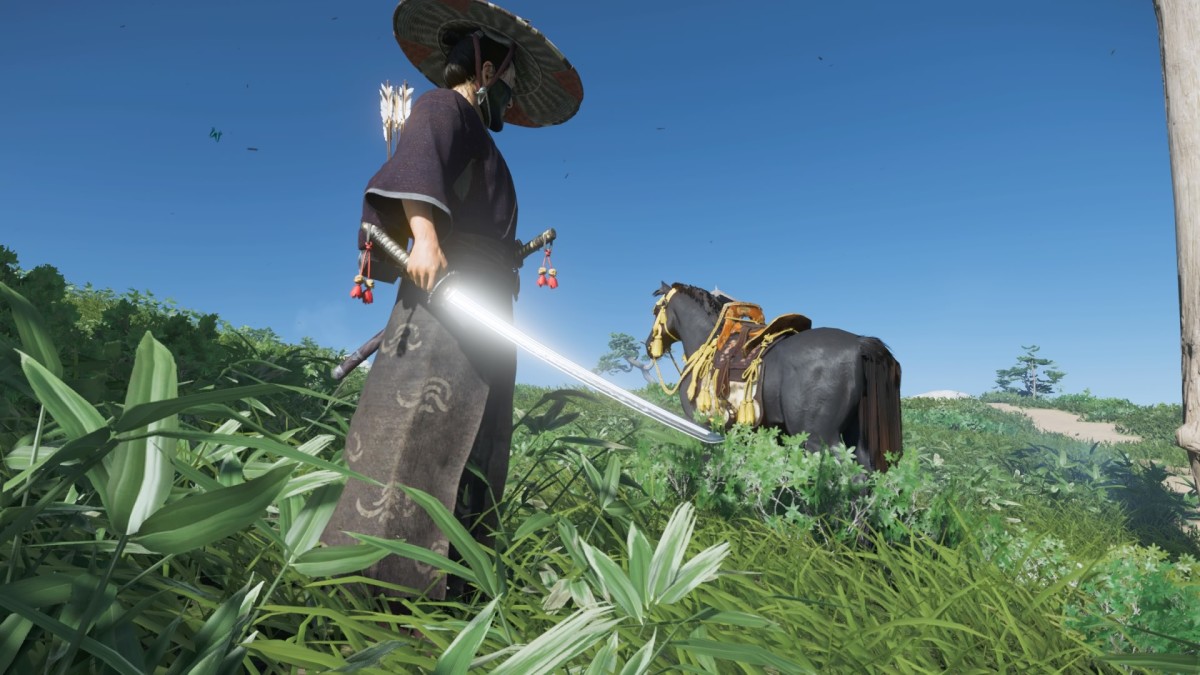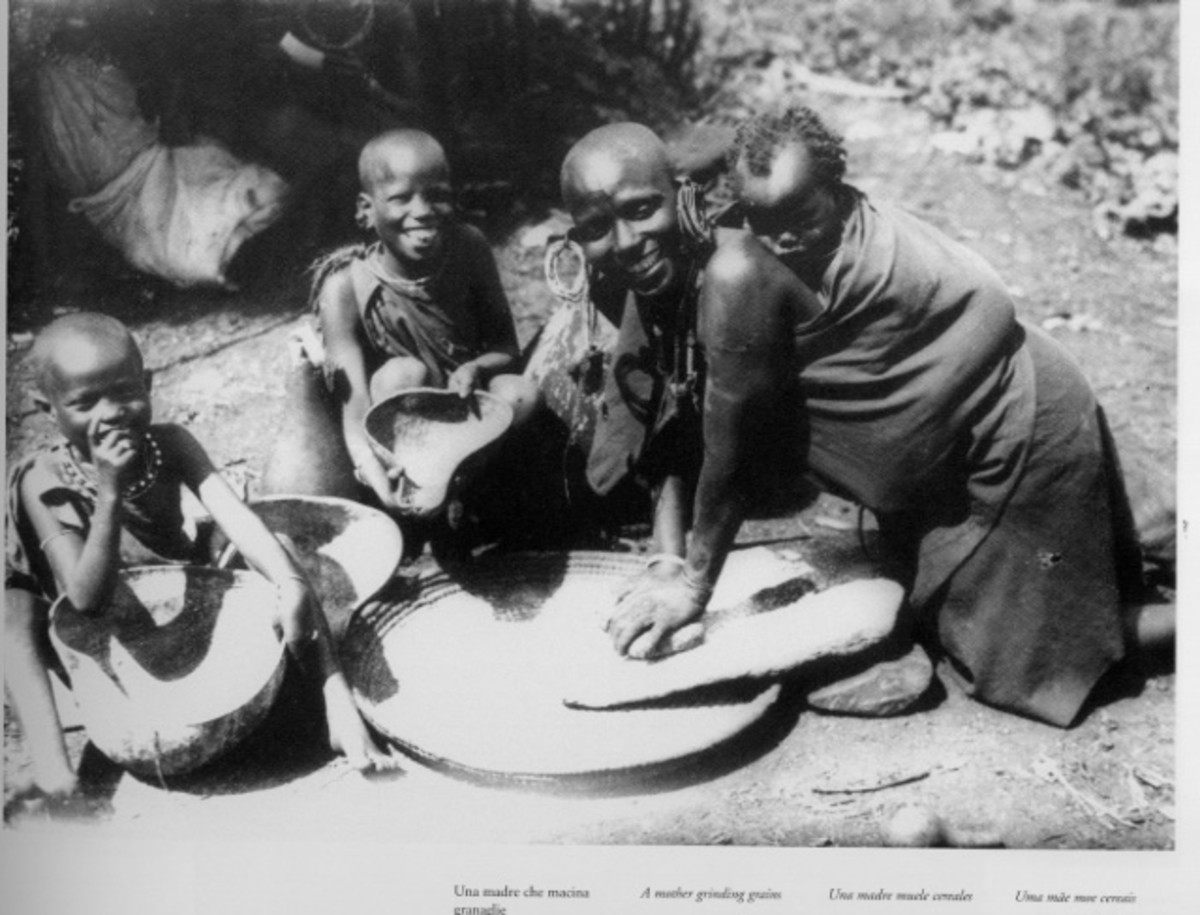Cultural Coherence and Diversity in Central Asia
Perhaps one of the most diverse regions in the world is the sparsely populated Central Asia, which comprises the core of the Eurasian landmass. It is an ambiguous culture region to define, in that some definitions are far broader than others. For our purposes, Central Asia will include areas that were formerly part of the Soviet Union (Azerbaijan, Kazakhstan, Uzbekistan, Turkmenistan, Kyrgyzstan, and Tajikistan), as well as Afghanistan, Mongolia, and parts of Western China (Xinjiang and Tibet). Such an expanse has several ethnic groups that are tied in with several cultural traits. One way that shows the immense diversity of the region is the amount of languages spoken there. Another way that shows the diversity of the region is through looking at the religious practices in the region, both historically and in a post-Soviet era. Likewise, the diversity of Central Asia is emphasized in the national identity present within the region, showing a desire for nations within the region to set itself apart from the rest of the world.
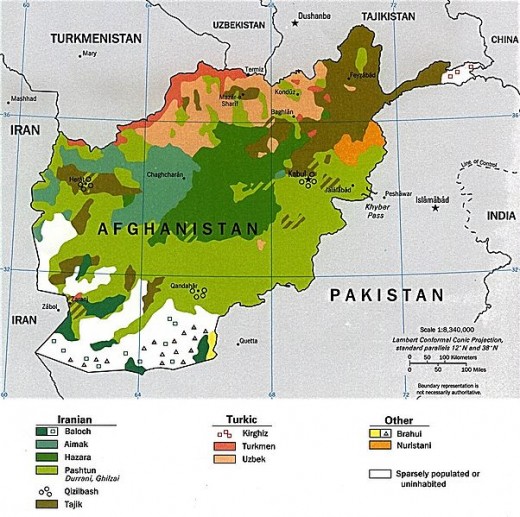
Linguistic Complexity
The linguistic complexity of Central Asia is one of the region's most notable features of diversity. The most widespread linguistic family is that of the Altaic languages, especially Turkic sub-family of languages. While Turkic languages clearly dominate much of the region, Indo-European languages are a staple in both Afghanistan and Tajikistan. Russian also survives as an important language in former Soviet territories, and Mandarin has made an incursion within the native languages of Tibet and Xinjiang (Rowntree, 448-9). An example of the complexity of linguistics within the region can be seen in comparing dialects of Balochi in Afghanistan with the dialect spoken in Turkmenistan. According to Agnes Korn, “The Balochi dialects of Afghanistan and Turkmenistan are very closely related, the latter having branched off from the former some 100 years ago” (Korn, 85). Despite being very similar languages, there are notable linguistic differences between the two dialects, especially in grammar and syntax of sentences (Korn, 83-9). Another example of the complexity of linguistics in the region can be seen by observing linguistic patterns in Afghanistan, matching that of the ethnicities present within the country. While the Pashtun are the largest ethnic group, as demonstrated in Figure 1, many other ethnic groups occupy the northern half of the country, reflecting a lack of a one nation one state ideology (Rowntree, 451).
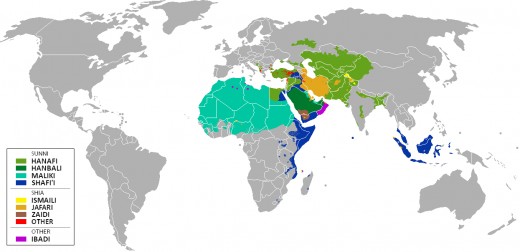
Religion
Another indicator of the diversity of Central Asia can be seen in the religious practices of the region. As indicated by the map of the different Madhhebs in Figure 2, much of the region practices the Hanafi school of Sunni Islam. While Islam in general dominates much of the region, Tibetan Buddhism has a firm hold on Mongolia and Tibet (Rowntree, 453). Religious practices seem to be closely associated with ethnicity in this regard. As Les Rowntree discusses, “The Pashtuns of Afghanistan are noted for their strict Islamic ideals. . . By contrast, the traditionally nomadic groups of the northern steppes, such as the Kazakhs, are often considered lax in their religious observances” (Rowntree, 453). Of course, with such a range of beliefs within a single sect of a religion, there is bound to be radical forms of fundamentalism present. According to Yaacov Ro'i, while there is an effort within Central Asia to be Muslim in general, there seems to be little interest and ties to Islamic nations outside of Central Asia (Ro'i, 303).
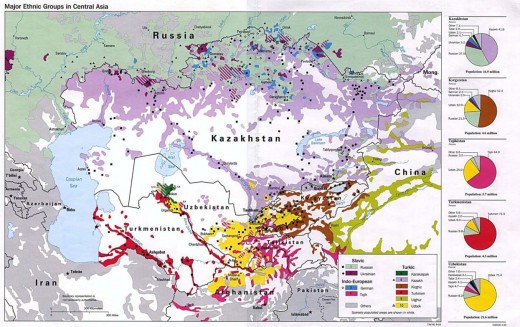
National Identity
Similarly to the previous points, the display of national identity within Central Asia is an indicator of the diversity of the region. As Figure 3 displays, there are variety of ethnicities present in the region, with the nations bearing the name of the ethnicity that makes up the majority of the population. This is especially so in the post-Soviet era, and perhaps it is a result of former Russian domination that nations within the region see efforts to reclaim their national identity. For example, in Kyrgyzstan, there are efforts to reform the history curriculum of the country with a focus on indigenizing it (Ismailova, 248). While it could mean a rejection of Westernization, it shows a desire to have their own customs rather than being fully influenced by outside forces. Another example of diversity in regards to national identity is in the Xinjiang region of China. According to Joanne N. Smith, Uyghar nationalism was fueled by the collapse of the USSR in 1991, and as a result tensions are extremely high between the native Uyghars and the Han Chinese incursion into Xinjiang (Smith, 131-6). Likewise, examining music in Uzbekistan gives another glimpse into the diversity of Central Asia. According to Alexander Djumaev, “Based on the sources referred to . . . it is clear that Uzbek musicology is heading towards the restoration of traditional contexts of music culture. During the years since 1991, the quantity of material (articles,studies) that actively discusses the issue of national culture has grown markedly” (Djumaev, 179).
Conclusion
From an examination of the above points, it is clear that ethnicity plays a role in tying these elements together. While Russian holds as a sort of lingua franca for Central Asia, its use and prominence has declined in the post-Soviet era in favor of indigenous languages. As a result of this, national borders are drawn to languages of the region, which in turn are tied with the ethnicities present within the nation. As mentioned, adherence to Islamic principles varies based upon ethnicity, with some practicing stricter sects of the religion than others. Likewise, even though there is a fair mix of ethnicities within different Central Asia states, there is an increasing amount of expression of national identity within the region, whether it be through creative expression or taught in school curricula in Central Asian states.
References
"Afghanistan: Ethnolinguistic Groups." Map. University of Texas Libraries. US Central Intelligence Agency, 1997. Web. 21 Dec 2011.
“Central Asia (Major Ethnic Groups).” Map. University of Texas Libraries. US Central Intelligence Agency, 1993. Web. 19 Dec 2011.
Djumaev, Alexander. "Musical Heritage and National Identity in Uzbekistan." Ethnomusicology Forum 14.2 (2005): 165-184. Academic Search Premier. EBSCO. Web. 19 Dec 2011.
Ghibar. “Madhhab Map 2.” Map. Wikimedia Commons. Wikimedia Foundation, 16 Sept 2009. Web. 17 Dec 2011.
Ismailova, Baktygul. "Curriculum reform in post-Soviet Kyrgyzstan: indigenization of the history curriculum." Curriculum Journal 15.3 (2004): 247-264. Academic Search Premier. EBSCO. Web. 19 Dec 2011.
Korn, Agnes. "A New Locative Case in Turkmenistan Balochi." Iran & The Caucasus 12.1 (2008): 83- 99.Academic Search Premier. EBSCO. Web. 19 Dec 2011.
Ro'i, Yaacov, and Alon Wainer. "Muslim identity and Islamic practice in post-Soviet Central Asia." Central Asian Survey 28.3 (2009): 303-322. Academic Search Premier. EBSCO. Web. 19 Dec 2011.
Rowntree, Les, et al. Diversity Amid Globalization: World Regions, Environment, Development. San Francisco, 2009. CaféScribe. Web. 19 Dec 2011.
Smith, Joanne N. "Maintaining Margins: The Politics of Ethnographic Fieldwork in Chinese Central Asia." China Journal 56 (2006): 131-147. Academic Search Premier. EBSCO. Web. 4 May 2011.


